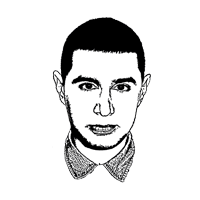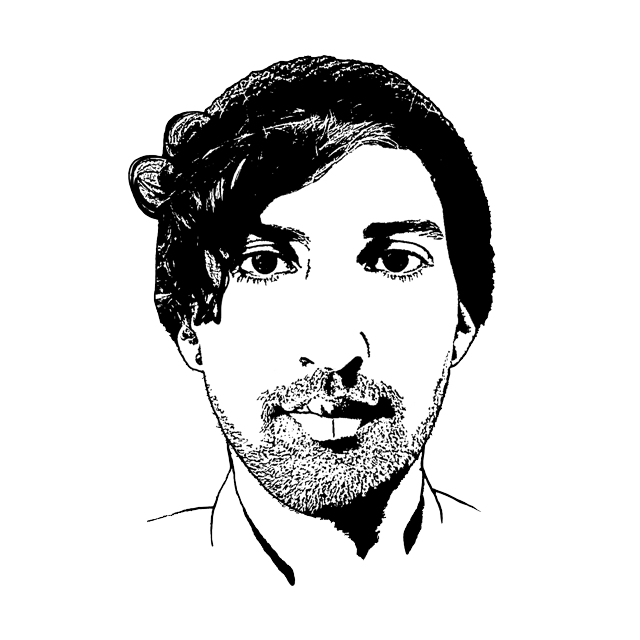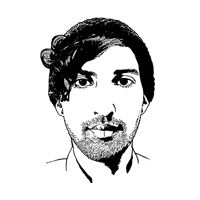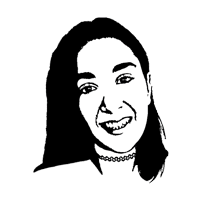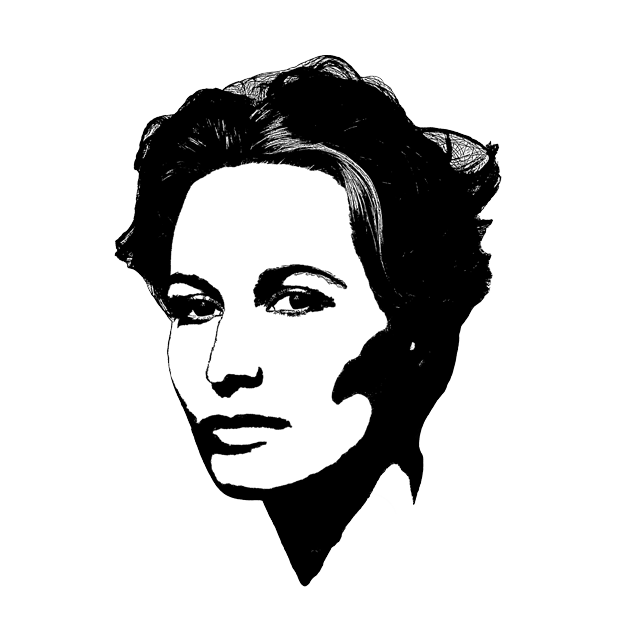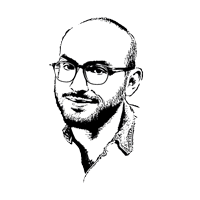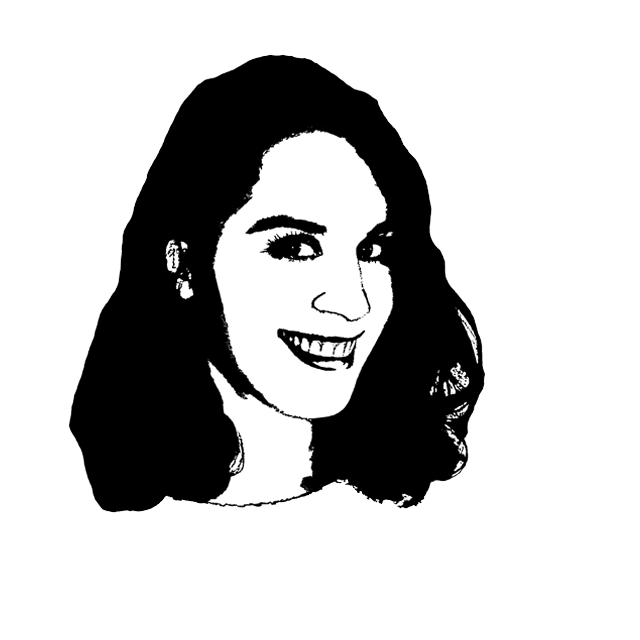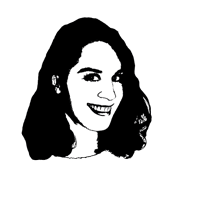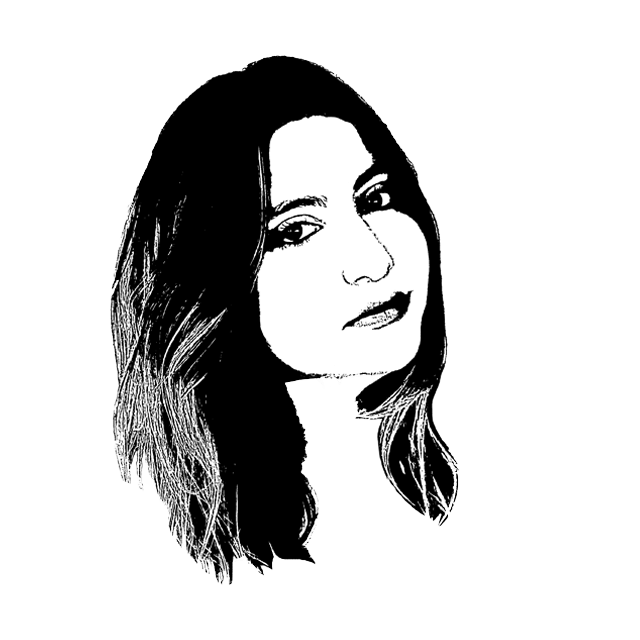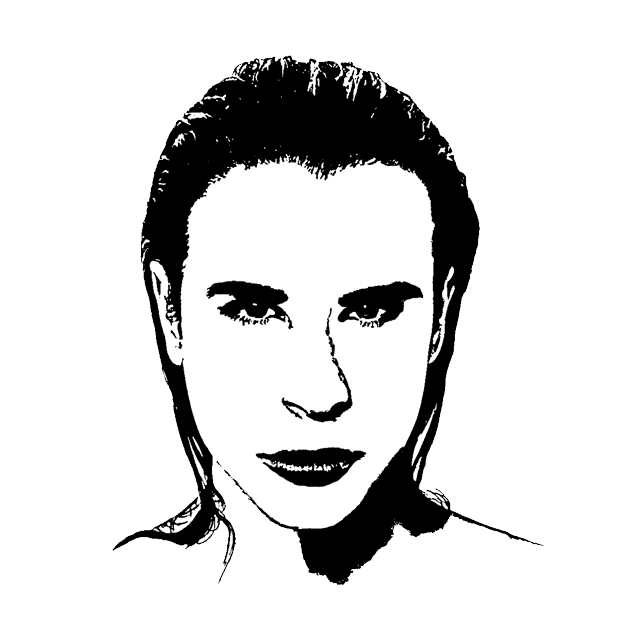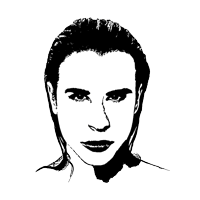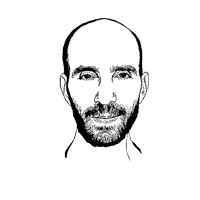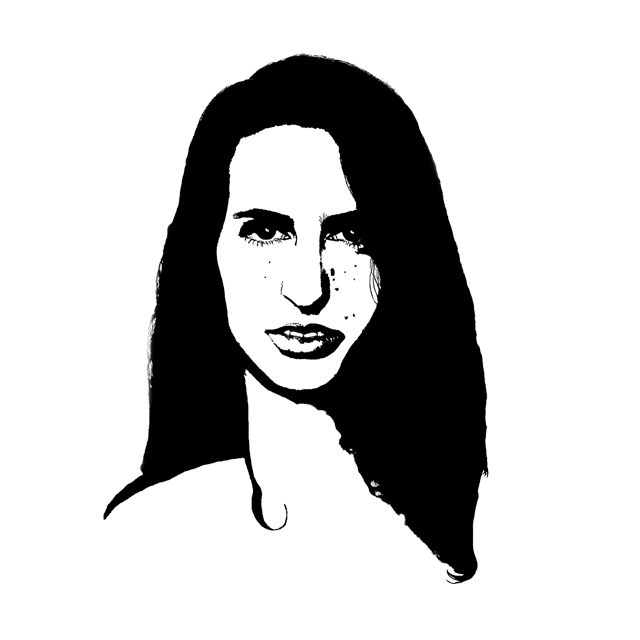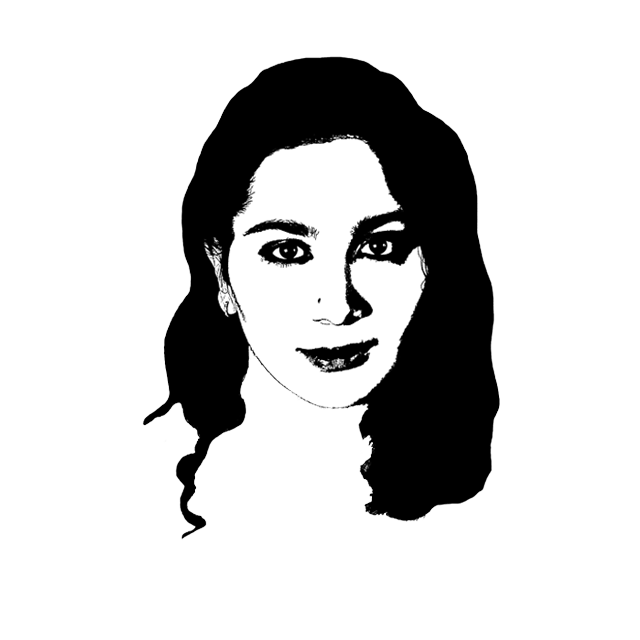Interview:
Q: Your signature style is layered, eclectic, and colorful, where do you believe you have acquired this specific taste for fashion?
MP: I believe much of my fashion sense comes from a variety of factors. Namely, being brought up in a religious home made me a huge rebel in terms of establishment, dogma, “uniforms”, conformity, and religion. One can imagine that black clothes became intolerable for me because of the Orthodox part of my family; and “be like everyone else” did NOT quite cut it as a life motto either. I wanted to be different, to stand out, to enjoy life, to enjoy music, to travel the world, to do crazy things and even eventually enjoy my sexuality that was an enormous taboo for me for a long time back then.
All that was impossible under the conforms of my family home. And being in the midst of a highly colorful country like Brazil, I could not be insensitive to its music, its colors and its vibrancy. so I had to break away from it all by neglecting my brought-up Jewish education, and embracing the Brazilian culture amidst the most exciting decade of all, the 80s. I needed to become a rebel in my behavior, attitude and expression.
Q: Many designers testify that they design clothes that they wanted to wear themselves but couldn’t find anywhere else. Is it true for you as well?
MP: I think it is true for me as well. I needed self-expression that testified to uniqueness, courage, joy, upliftment, spirituality (which is on the opposite end of religion), masculinity, and yet made a stamp of my world views and my rebellion against all the set patterns. I could only build such a statement with bits and pieces from other brands. But yet, there was something still missing in this equation, and that had to be the ME in it.
Q: Do you have a special process before approaching a specific design or a collection? If so, can you describe it to us?
I start with two basic premises: 1. the garment itself and how unique and special it desires to be. and 2. materials… the materials are a compass to what I am supposed to create either by limiting the options or by allowing them to flow with no limits.
Even though I am a fashion illustrator, I never draw what I am about to design. The process must be organic, free-handed and with an open-mind approach. Things can turn at any point of the production (cutting, sewing or even in the finishing stage). I create textile puzzles with textures and colors that make total sense in my mind while I am working on it but are most likely extremely chaotic for the observant. The end result is always a surprise, even for me.
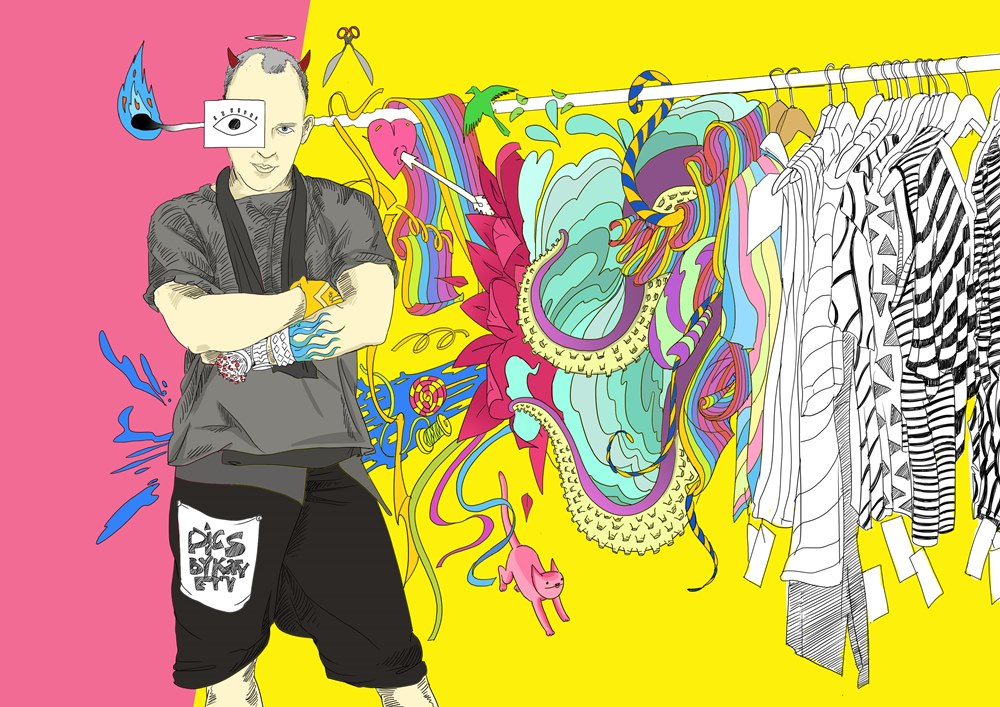
Q: Tell us about the significance of eco-fashion to your personality and how it affects all of us.
In order to understand my grip on this kind of fashion, it is important to understand my background. I worked for many years in huge fashion companies. One can easily understand and visualize the negative impact this industry has on everything around us when we live, work and breathe in that environment of textiles and fashion. Consequently, in the back of my mind, it always bothered me that I was part of a
destructive force, but at the same time, I did not think I had any power over it or any way to counterbalance this evil.
However, when I decided to be an independent designer, the universe conspired for me and I was facing the possibility of finally doing things differently, under my guidance and the way I believed it should be done, no matter how small and insignificant I was in terms of impact or relevance. It turned out I was the 1st fashion show in Israel as a 100% recycled fashion runway show, way before it was a “trendy” thing. I never did it for the trendiness of it, for it was far from it when I started doing it, and I was even mocked back then for doing that. So I did it because I believed in it and the world very very slowly caught on to this and now people pretend to do it in order to sound cool and modern under the disguise and tricky title of sustainability, but in fact, they are far removed from being sustainable or even being called that in the first place.
Q: If you had to envision a nonbinary alien character visiting earth, what would it look like and how would you dress it?
(Mauricio kindly provided us with an illustration of how it looks. See images below)




Q: Some species of beings are known to have one or two unifying outfits (uniforms) that represent their species. If you had to design a uniform for humans, what would it look like?
I would strongly stand against such an idea. I detest the idea of a uniform unless one is a waiter, police force, military, firefighter, or any position that would require immediate visual identification as such. Humans are diverse in every sense of the word, and therefore, require self-expression and uniqueness to “communicate” visually and sartorially as oneself and not as a “same” self. Uniforms stand against that and therefore, I would be against putting humans in a uniform to represent our species.
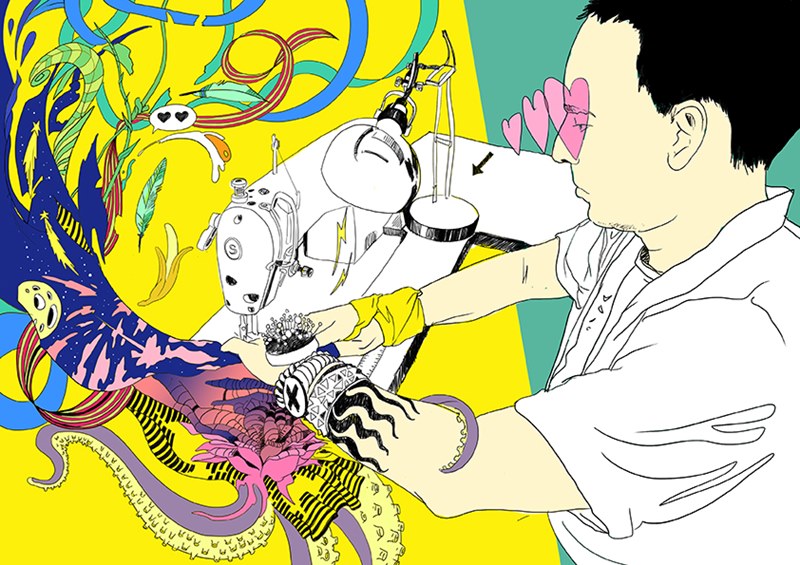
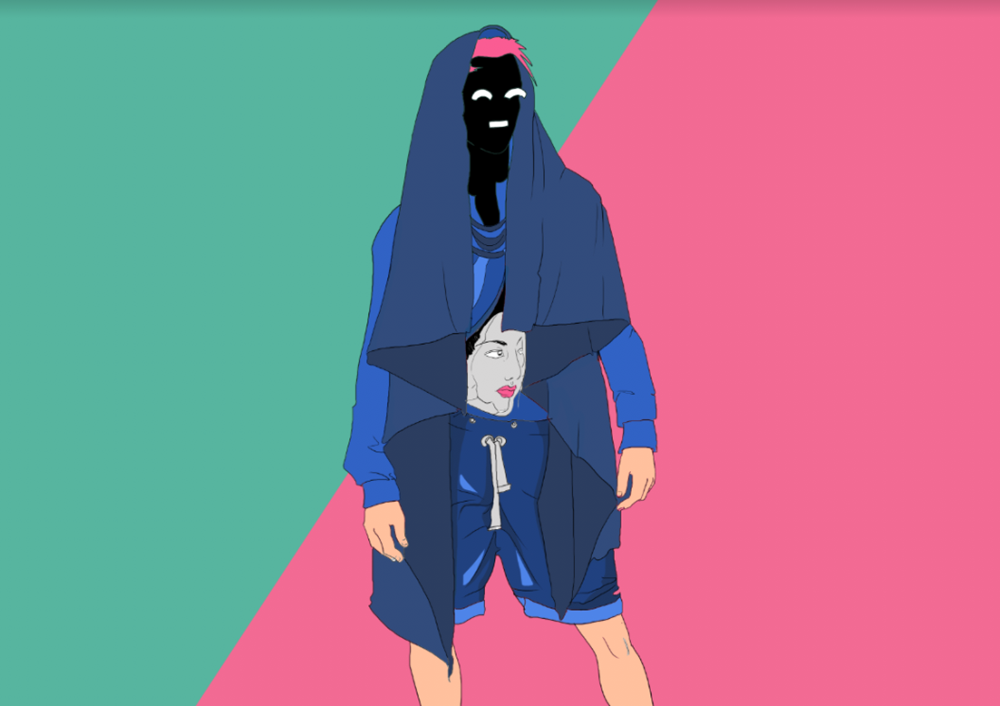

 CON
CON CON
CON
